The bit is the connection between the rider's hand and the horse's mouth. As the horse's mouth in particular is very sensitive, the choice of bit should not be taken lightly. We give you information about the most common types of bits and the necessary know-how when making your choice.
What's important to know?
The horse owner is ‘spoilt for choice’. The bit and also the noseband are located in a part of the horse's body where the nerve tracts are highly concentrated and run close to the skin. An unsuitable bit or an unsuitable bit in the wrong rider's hand can easily cause pain to the horse. The most important requirement when choosing a bit is the ‘light’ connection between the rider's hand and the horse's mouth. However, as in almost all areas of equestrian sport, it is not possible to make generalisations when choosing a bit. Many different factors play an important role. Basically, however, a bit - no matter how well it fits - can only achieve a successful result if the horse is healthy and correctly trained, the noseband is properly buckled and the rider is able to give sensitive aids.
The ability of the rider and the horse
This question can be answered in general terms by looking at the rider and the horse. While the rider must objectively assess their riding training (rein position, rider's hand, sensitivity), the horse's anatomical characteristics must first be checked. The horse's level of training and the sensitivity of its mouth are also important. A horse that does not stand well on the aids and lacks the necessary basic permeability will not automatically be finer to ride with a ‘sharper’ bit. In such cases, the contact may appear to be improved at first glance, but at second glance it may not be a real contact. Nevertheless, it also depends on how the horse feels as to which bit it likes to use and which not. The focus here should therefore not be on the requirements of a specific class, but rather on the individual needs of horse and rider.
Anatomical basics
Before selecting a bit, the anatomical features of the horse's mouth should be considered carefully. In addition to the type and mode of action, a bit is characterised above all by its width and thickness. But how do I choose the right bit for my horse? There is no general way of looking into a horse's mouth from the outside. However, this should be the first approach to choosing the right bit. The thickness of the tongue and the space between the incisors and molars cannot be determined by the size of the horse or the breed. Only a minimum thickness of 10mm for ponies and 14mm for large horses is prescribed. To select the correct thickness, the horse owner must measure the space between the bars. This is the place in the horse's mouth where there are no teeth. When the mouth is closed, the horse owner can determine this space independently: To do this, place two fingers on top of each other and carefully push them into the side of the horse's mouth. If you now feel increased pressure on the fingers, a thickness of 14mm - 16mm is recommended for large horses, as there is not so much space. You have to bear in mind that the tongue also takes up space. If there is little to no pressure, a thicker bit can be chosen. According to studies, most horses are ridden with bits that are too thick. The reduced space squeezes the sensitive palate and tongue. The consequences can be head banging, discomfort or ‘lying on the bit’. The width of the horse's mouth also plays a decisive role in the correct choice of bit, which also differs depending on the type of bit. For example, bits with continuous rings, such as the water snaffle, should be just under 0.5 cm larger than the width of the horse's mouth. For bits with fixed side pieces, such as the olive head or shank bit, the bit should be slightly narrower. These bits achieve the desired effect best when the side pieces fit tightly. Double bridles, on the other hand, which consist of two bits, require different widths: while the width of the bridle should follow the normal bit, the curb bit lies further down in the mouth and therefore requires less space - curb bits are therefore selected 0.5 cm to 1 cm smaller.


Bits and their effect
Once broken bits
Single jointed bits are among the standard bits, either as a water snaffle, a D-ring bit or an olive head bit. Due to the single break, these bits act on the tongue and jaw when the reins are pulled. The mouthpiece stands up slightly, which relieves the centre of the tongue but puts more pressure on the edges.
Tip: For manufacturing reasons, the two shanks of the single jointed bits are different lengths. To prevent one-sided loading, the bit should be rotated at regular intervals. However, it is essential to pay attention to any anatomical shaping. Sprenger has developed several bits with this problem in mind, in which the shanks are the same length, thus avoiding one-sided loading.
While conventional bits are usually round, Sprenger offers an innovation here too with the novocontact bit: this single-jointed bit is flatter, which means that the contact surface in the mouth is correspondingly larger. This bit has proven to be particularly suitable for horses that tend to curl up and do not come close to the rider's hand.

Double broken bits
The effect of the bit depends on the design of the bit, for example how the centrepiece is designed or whether the bit bars are anatomically shaped. If the size and width are selected correctly, this bit offers a larger contact surface and is therefore more comfortable to wear. However, if the bit is not anatomically shaped or is too large or too small, the sensitive tongue can be severely squeezed by the second joint or it can stand up uncomfortably and create pressure points on the palate.
For horses that are idle in the mouth and do not chew well, a double jointed bit with a rotating centrepiece can offer a sensible alternative. The rolling element encourages the horse to play and chew, which ultimately also has a positive effect on the relaxation of the jaw muscles and finer aids.

Bar Bits
The right size is also important for bar bits. If they are too large, for example, they can tilt in the horse's mouth. The straight and usually rigid bit distributes the pressure evenly over the entire tongue and ultimately acts on the horse's lower jaw. However, the lack of joints in the bit means that directional aids cannot be given in a targeted manner. It is therefore primarily more suitable for horses that are already correctly trained in terms of position and bending. Rigid metal bar bits are mostly used for strong horses in show jumping. However, there are also softer versions made of plastic, rubber or with a partially flexible centrepiece. The great advantage of bar bits is the fact that the horse's sensitive tongue is not subjected to punctual pressure. The pressure is distributed evenly over the tongue to the lower jaw and is therefore particularly suitable for horses that lie on the bit and go against the hand. The soft bar bits, on the other hand, are also suitable for horses that curl up and crawl when ridden with metal bits. Due to the even distribution of pressure, these horses are more likely to approach the rider's hand.


Continuous Bit Rings
Continuous bit rings, such as those found on water bridles, can slightly compensate for an unsteady rider's hand, as the ring rotates slightly when the reins are pulled. Ring bits are among the standard bits that are used for every rider and every horse - regardless of their level of training.

- Fixed Bits
Fixed bit sides are bits whose side parts do not run through the bit like a water bridle. Olive head, D-ring and shank bridles, for example, have fixed side pieces. Due to the fixed side pieces, the rein aids are transmitted more directly than with water snaffles. However, the decisive advantage is the more stable position of the bit in the horse's mouth. In addition, the sensitive corners of the horse's mouth cannot be pinched as easily as with continuous bit rings. Fixed side pieces are particularly suitable for horses that have difficulty leaning sideways and break out over the shoulder. Horses that play too much with the bit and are restless in the mouth also respond very well to such bits.



Bits with curb chains
While the above-mentioned bits primarily affect the tongue and lower jaw, bits with attachments have an effect on three different points on the horse's head: firstly on the tongue and lower jaw, through the leverage effect of the attachments on the poll, and secondly through the chin chain ultimately on the lower jaw again - but here from the bottom up, so to speak. Such bits require responsible handling and the crucial basics of riding as well as the necessary empathy and a supple hand.

Materials
Not only the type of bit, but also the respective material has an effect on how the bit is accepted by the horse. Stainless steel, copper alloys, plastic and rubber are used particularly frequently. However, the latter bits are also susceptible to biting due to the soft material. Furthermore, attention must be paid to the quality of such bits. They should therefore be solvent-free and food-safe. Rubber bits in particular should not contain any plasticisers. Sprenger has developed two further materials with regard to the requirements for bits, which have been specially developed for use in the horse's mouth. Sensogan is an alloy of copper, manganese and zinc. Aurigan, on the other hand, is made of copper, silicon and zinc. Both materials promote the flow of saliva and therefore the chewing activity of the horse.
Which is the right bit?
The information on the bits is of course only a basis for making the right choice. Which bit is accepted by which horse and how well can never be decided with certainty in advance. However, the correct bit thickness and bit width are important first. The next step should be to choose a specific type of bit, as some bits may not be suitable due to the horse's anatomical characteristics. How which bit is accepted ultimately also depends on the rider's ability, who holds the reins and therefore the direct connection to the horse's sensitive mouth.
Bit Parties
Regardless of the right size of bit, the motto ‘the proof of the pudding is in the eating’ plays a decisive role. Some manufacturers already offer ‘bit parties’ where the rider has the opportunity to measure the horse's mouth correctly and can also test the bits directly.
Many thanks to Sprenger for the energetic support. Further information can be found on their official homepage.
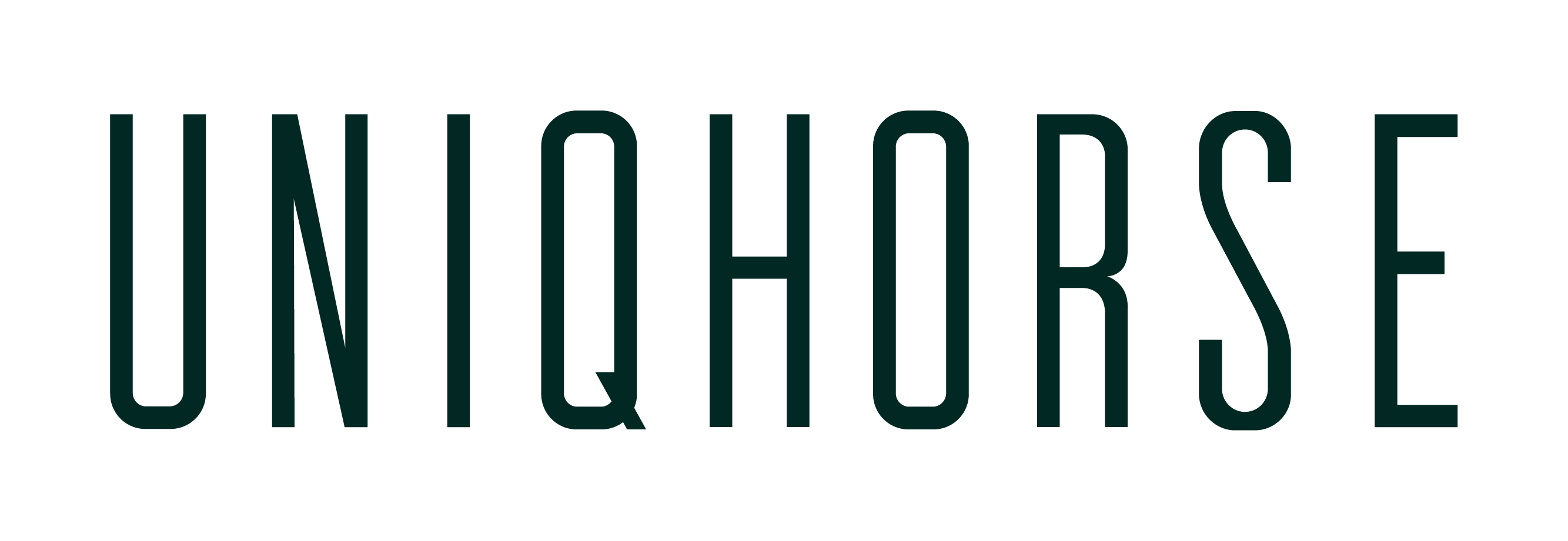


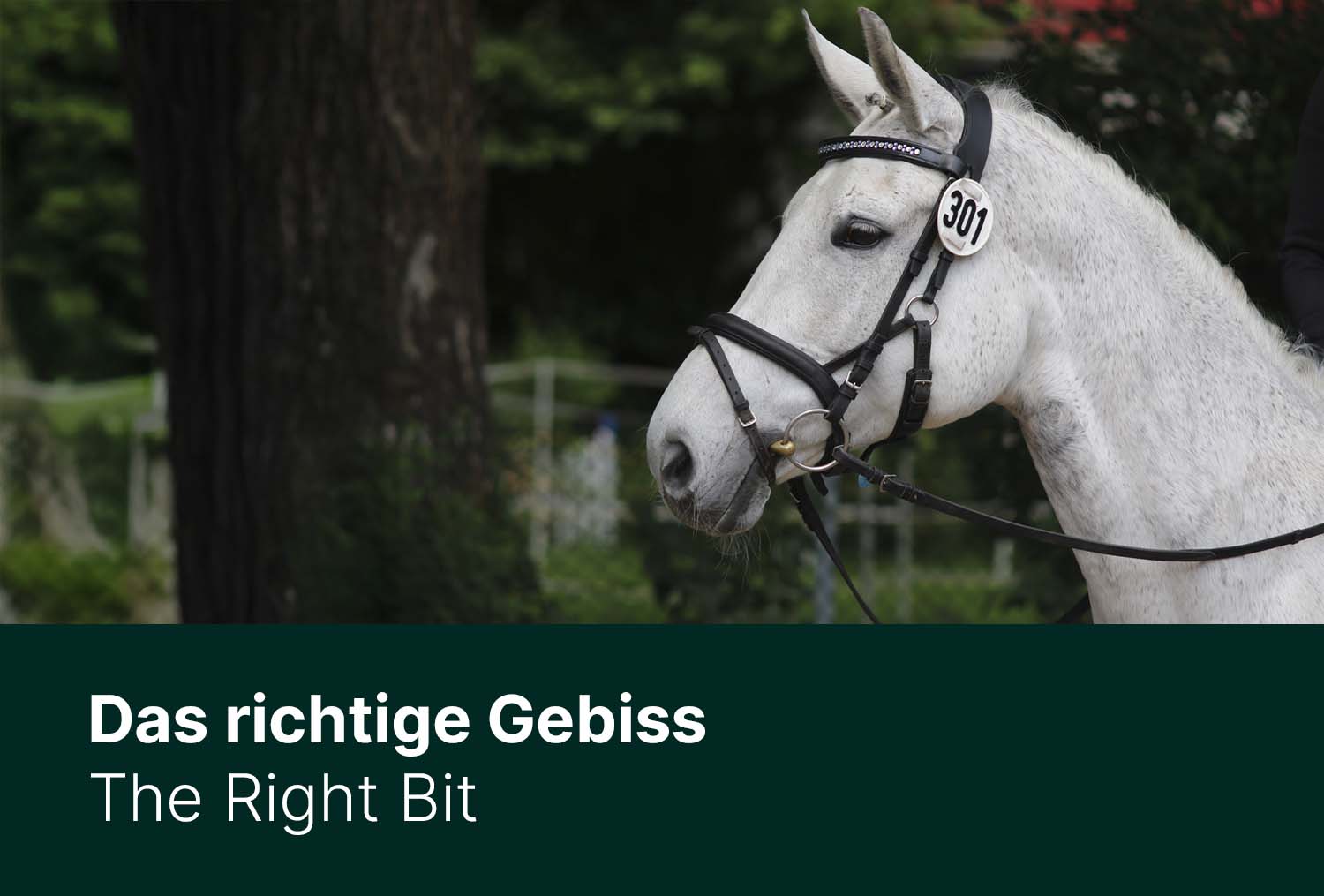

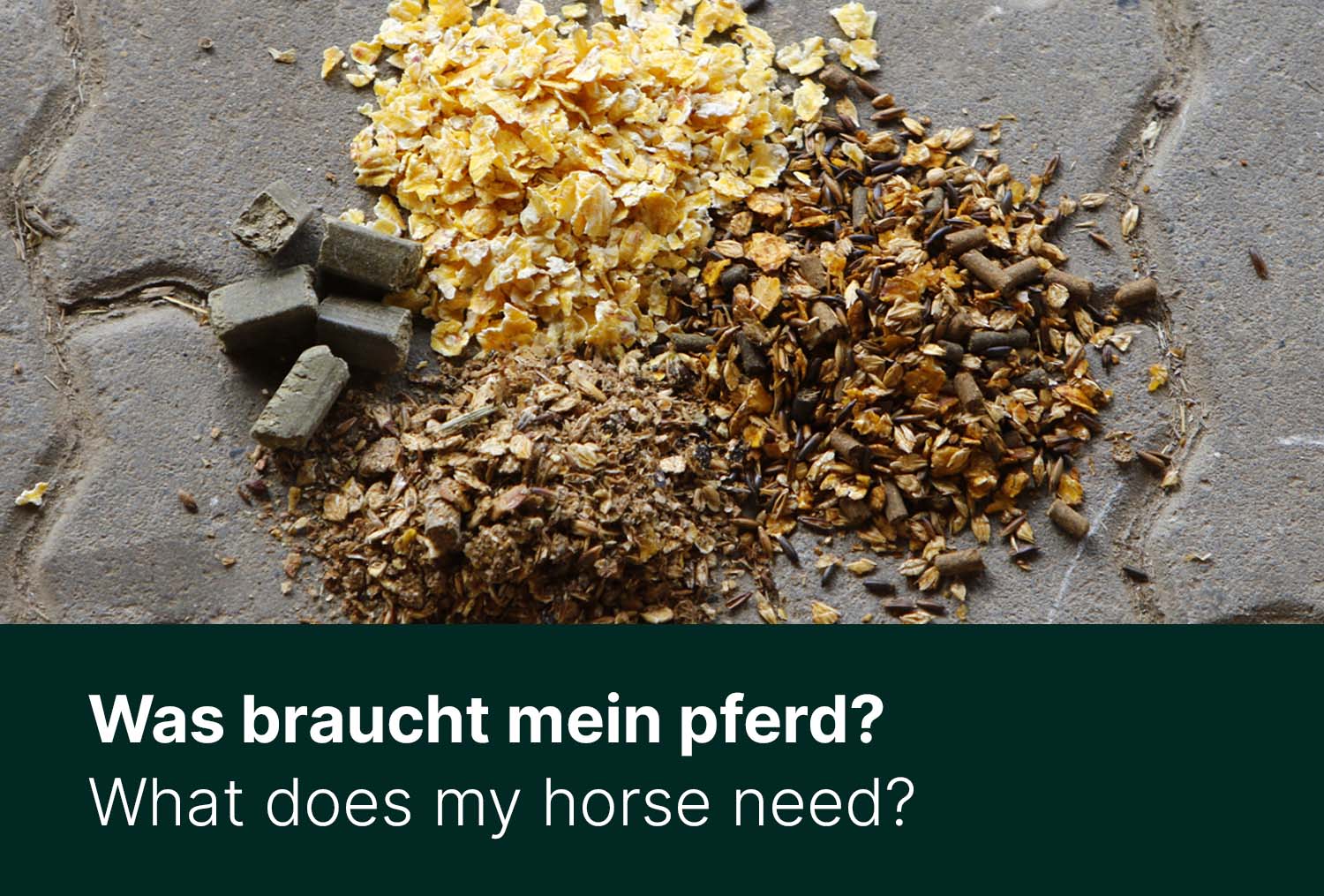
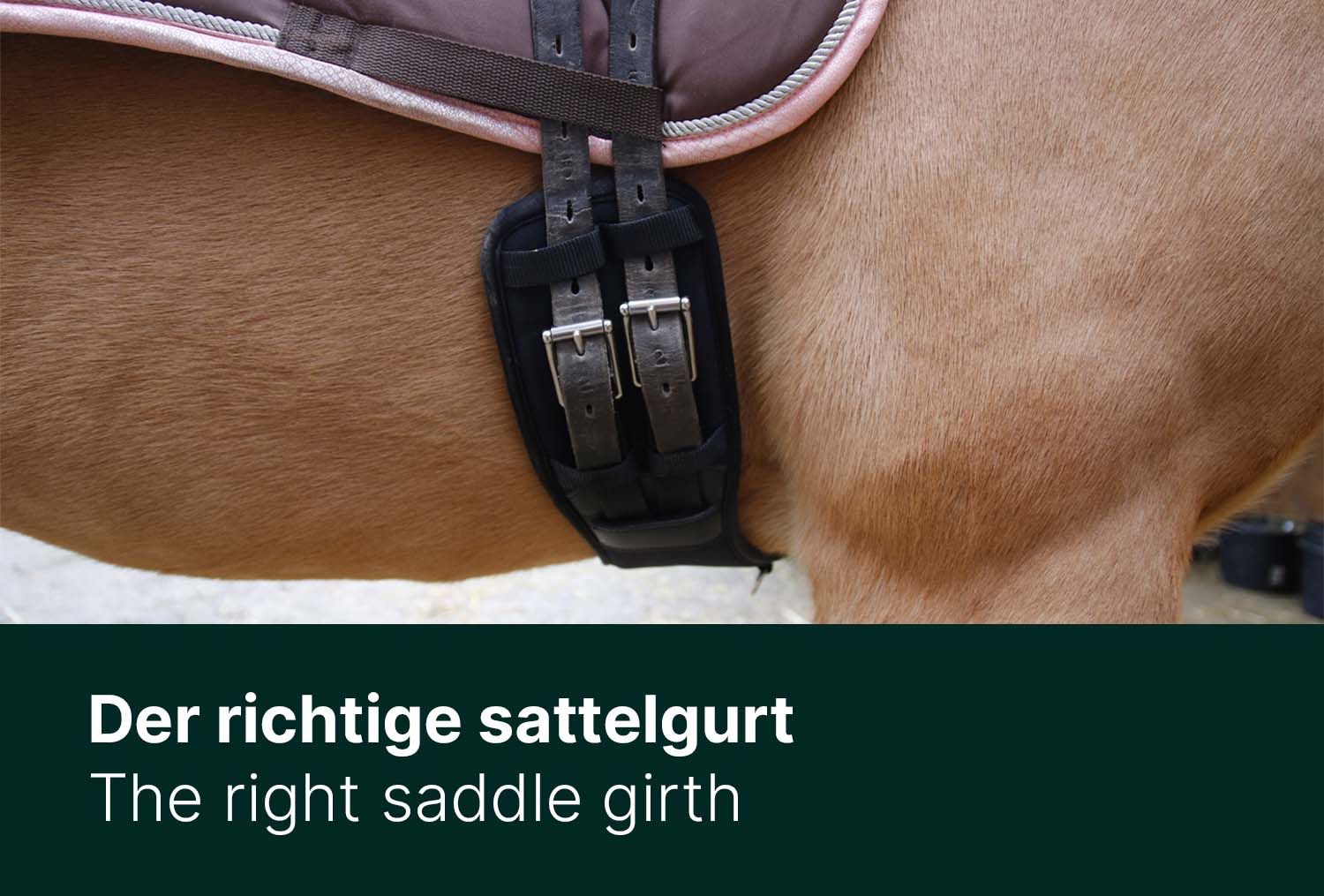
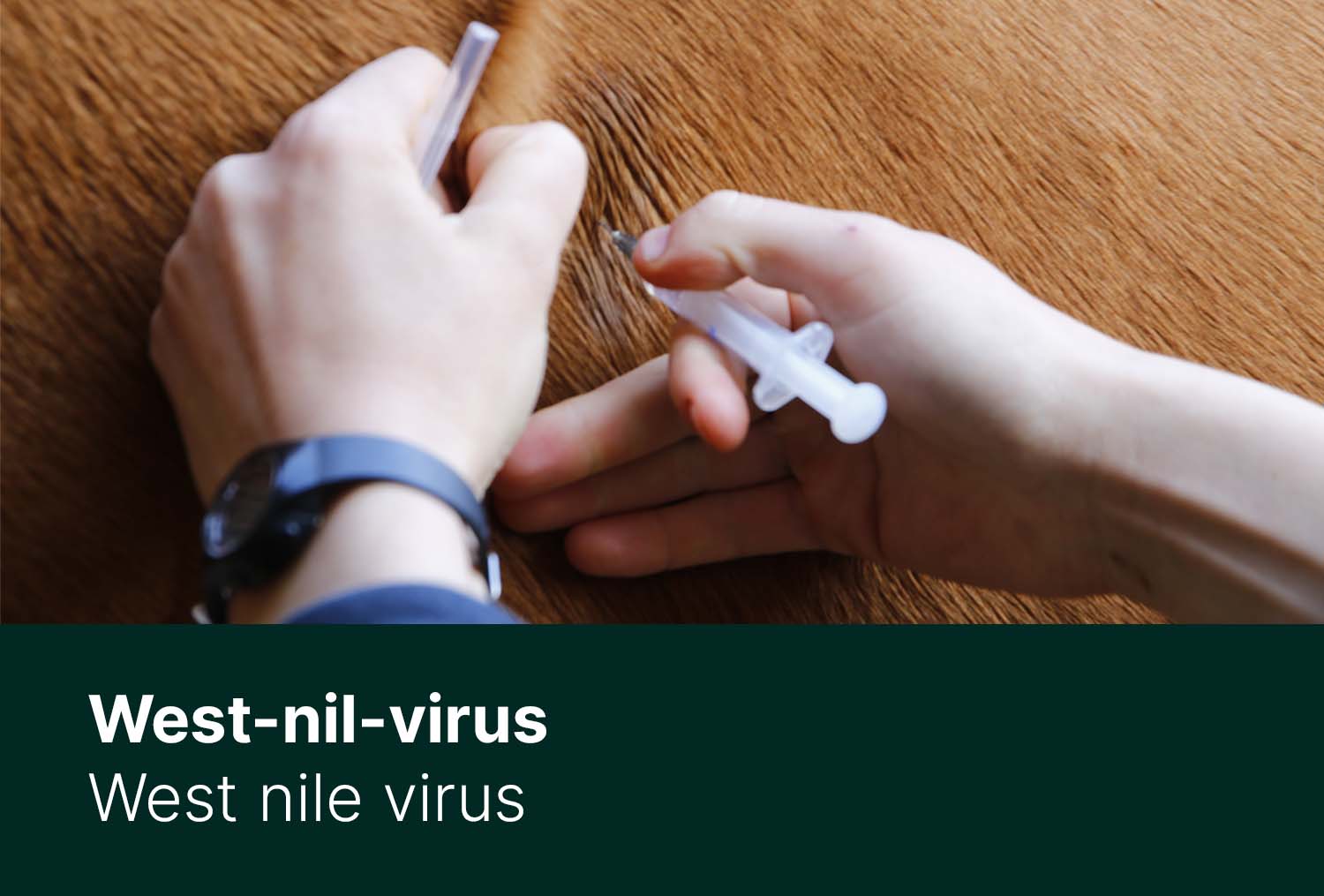
Horse Care during Winter
How to clean your grooming kit properly